Do I need to seal concrete after pressure washing? Pressure washing your concrete is like giving it a long-overdue exfoliation. It strips away years of grime, mould, oil, and red dust buildup — especially here in Oz where the climate ranges from monsoonal madness up north to bone-dry winters down south. But once it’s clean and the water drains away, that question always pops up.
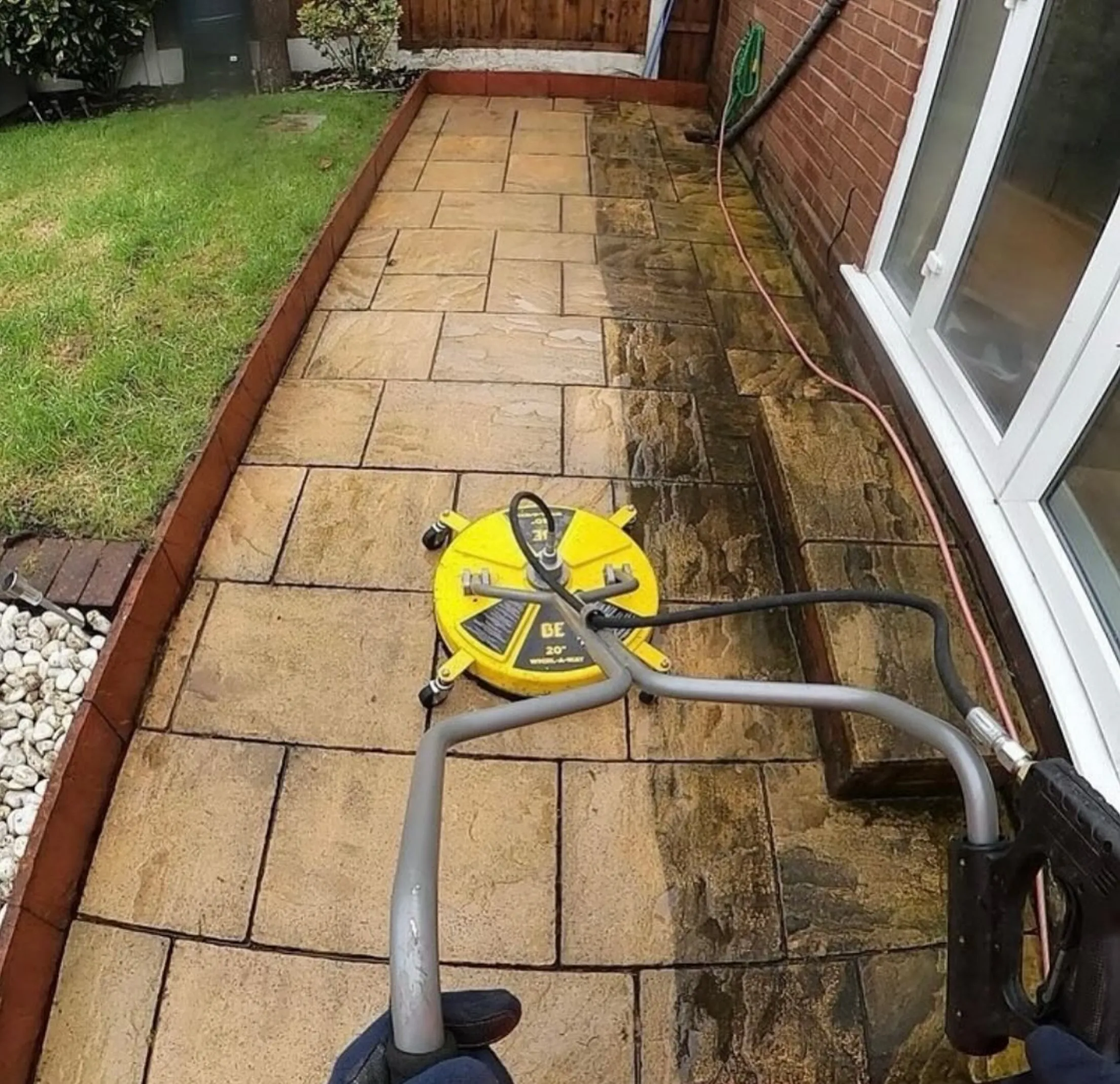
The Real Impact on Your Concrete
Think of sealing like sunscreen for your concrete surfaces. Skip it and your surface is out there copping the worst of the Aussie sun, rain, oil stains, tannin stains from gum leaves and the occasional BBQ mishap.
Sealed concrete:
- Repels moisture, stains and UV damage
- Slows down wear and tear from foot traffic and vehicle traffic
- Makes cleaning easier (less dirt and grease sticks)
- Looks newer for longer
- Offers extra protection against weather-related damage and freeze-thaw cycles
Unsealed concrete:
What Happens If You Don’t Seal It?
- Mould starts creeping back
- Oil stains from the ute leave permanent marks
- The sun bakes the surface until it goes patchy and brittle
- The driveway becomes a slip hazard when wet
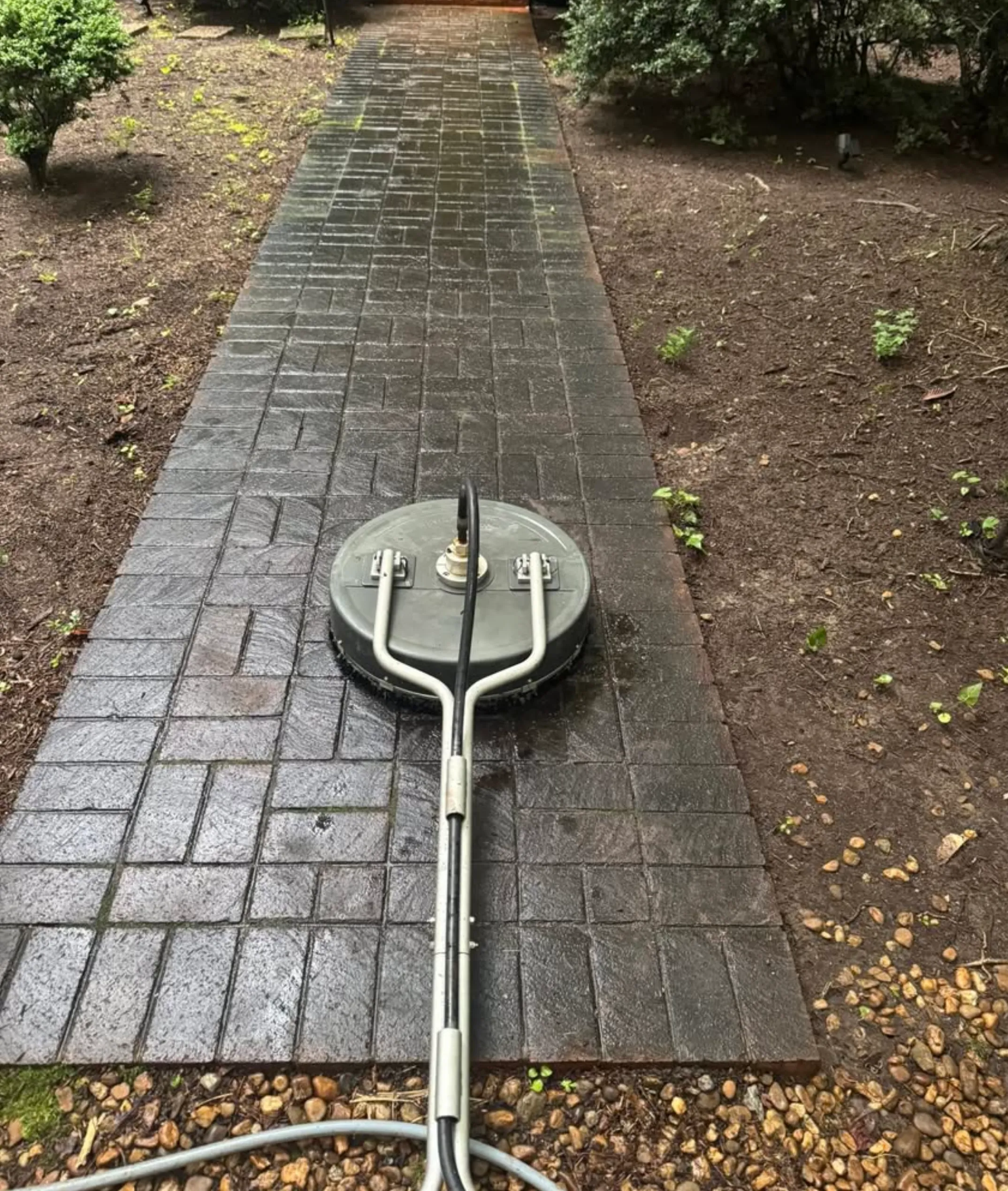
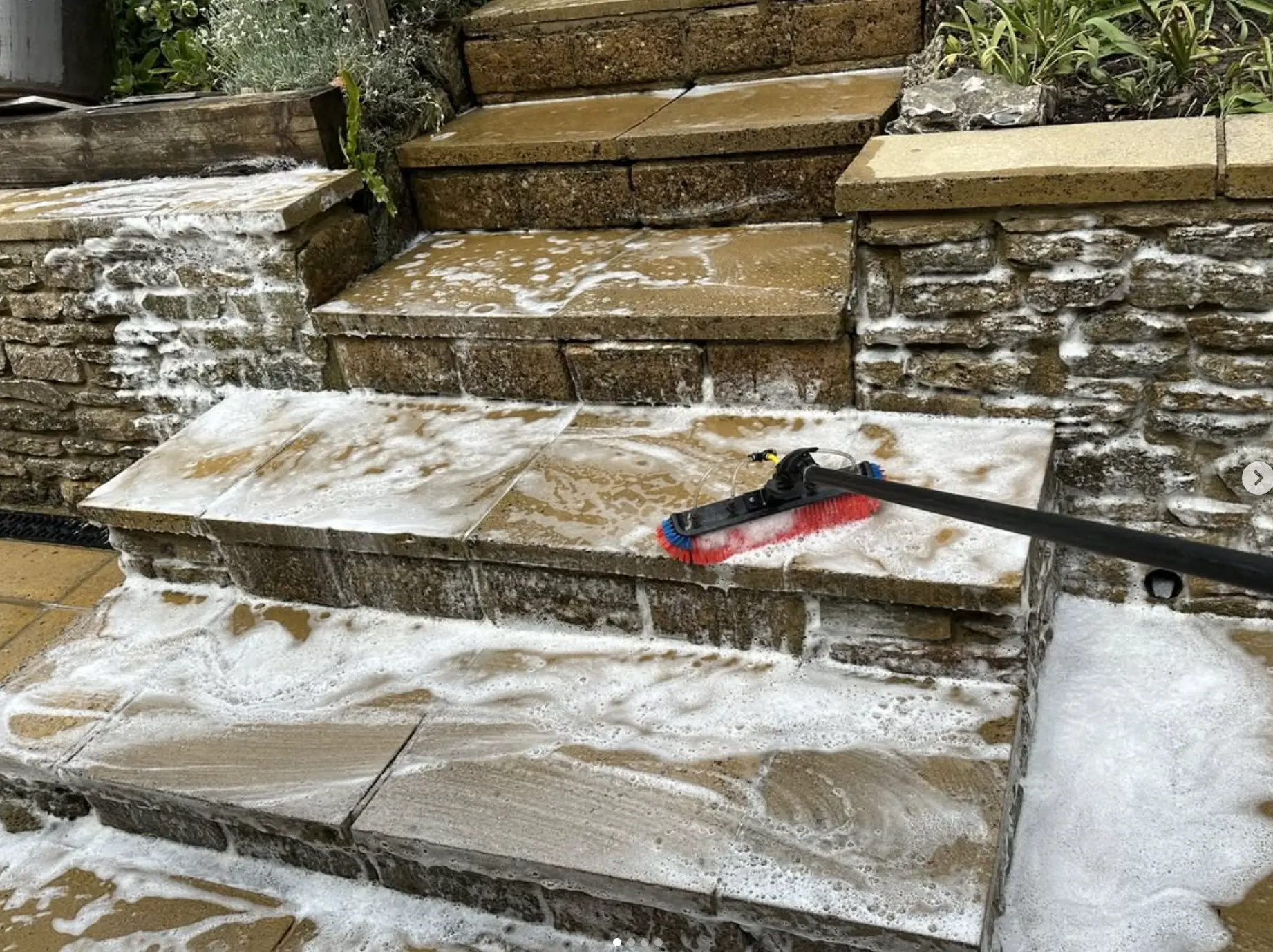
Protects, Prevents, and Preserves
Concrete sealing creates a protective layer. Some sealers soak into the concrete (penetrating sealer) to block pores, while others sit on top like a chemical barrier or protective film.
Here’s what a good sealer does:
- Blocks water, oil and contaminants from penetrating
- Prevents future stains and concrete stains from setting in
- Reduces freeze-thaw cycles and cracking
- Prevents efflorescence (those chalky salt marks)
- Enhances colour and appearance
- Inhibits moss and algae regrowth
It also adds a layer of protection or, if you’re using wet-look sealers, a glossy or matte finish depending on your preference.
Don’t Seal It Too Soon
- Wait at least 24–48 hours in warm, dry weather (longer drying duration if it’s humid or shaded)
- No rain forecast
- Surface feels bone dry to the touch
- Don’t seal in hot weather or under direct sunlight
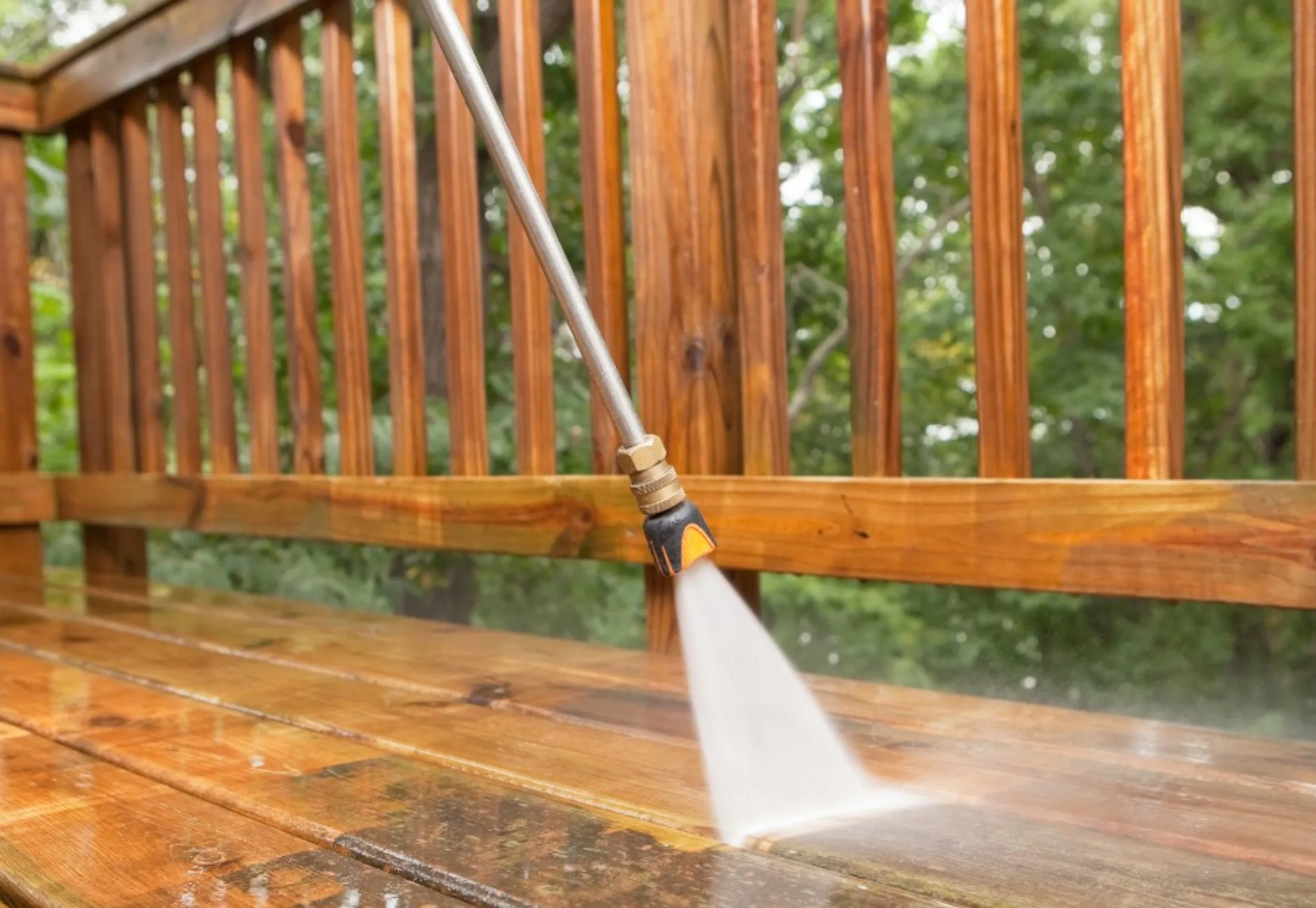
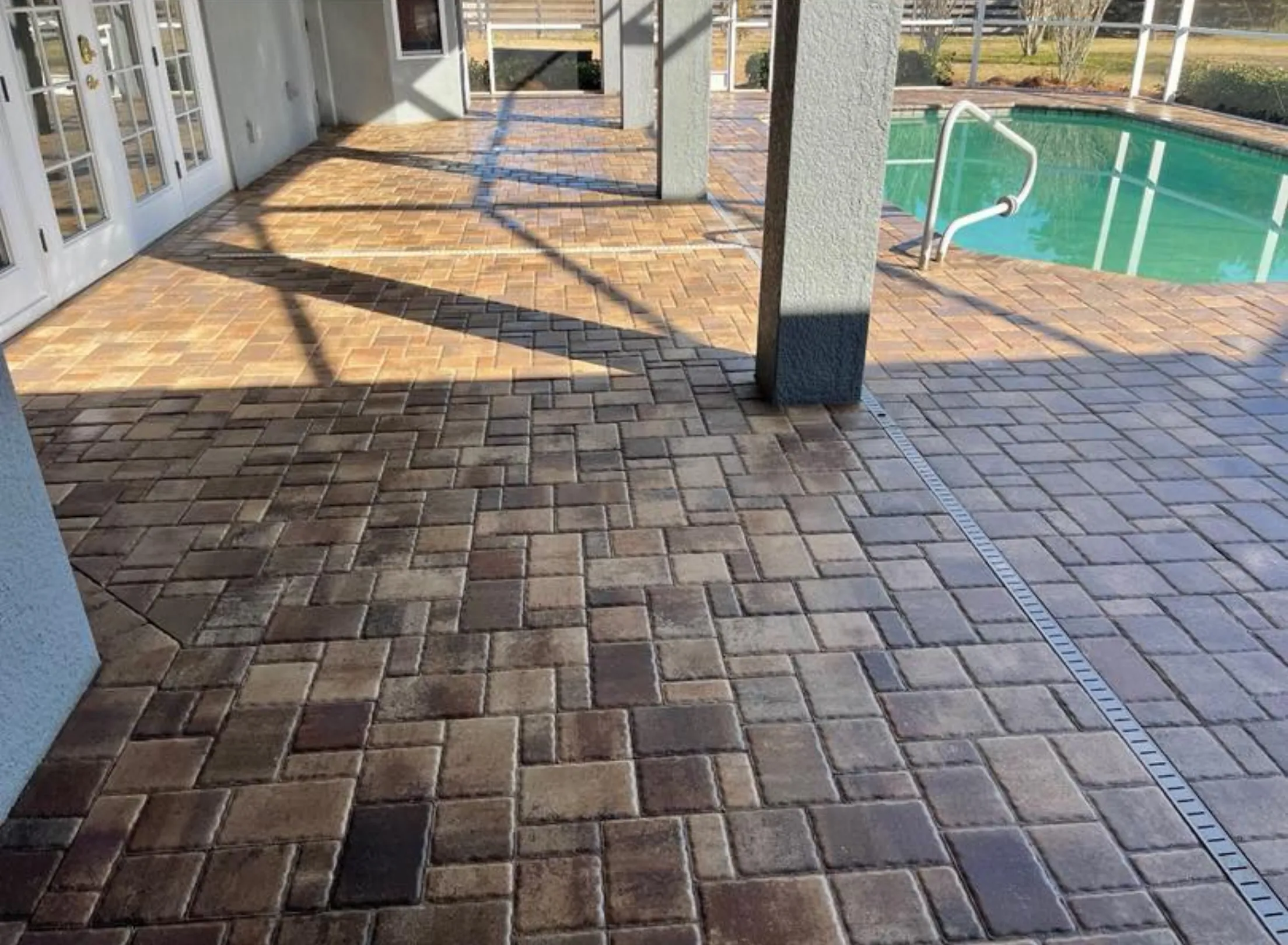
What Kind of Sealer Should You Use?
Film-Forming Sealers (Acrylic, Polyurethane, Epoxy)
- Adds gloss or matte finish
- Maximum protection from stains
- Acrylic resin-based sealer creates a smooth finish and protective coat
- Can be slippery without a grit additive
- Will peel if applied over moisture or without proper adhesion
- Weather forecast and application timing are sensitive
Penetrating Sealers (Silane, Siloxane, Siliconates)
These soak into the slab and bond with the pores, offering long-lasting protection without changing the appearance.
Pros:
- Keeps the natural look of concrete
- Excellent water repellence and breathability
- Good for residential driveways and outdoor surfaces
Cons:
- Won’t stop tough stains or oil as well
- No gloss — just a well-maintained concrete surface
What to Avoid
- Cheap sealers from hardware chains that wear off fast
- Non-breathable sealers that trap moisture and cause sealer adhesion issues
- Wrong nozzle when power washing — can gouge the surface, ruining the sealing process
- Uneven coverage with a roller method — leads to patchy spots on the entire surface
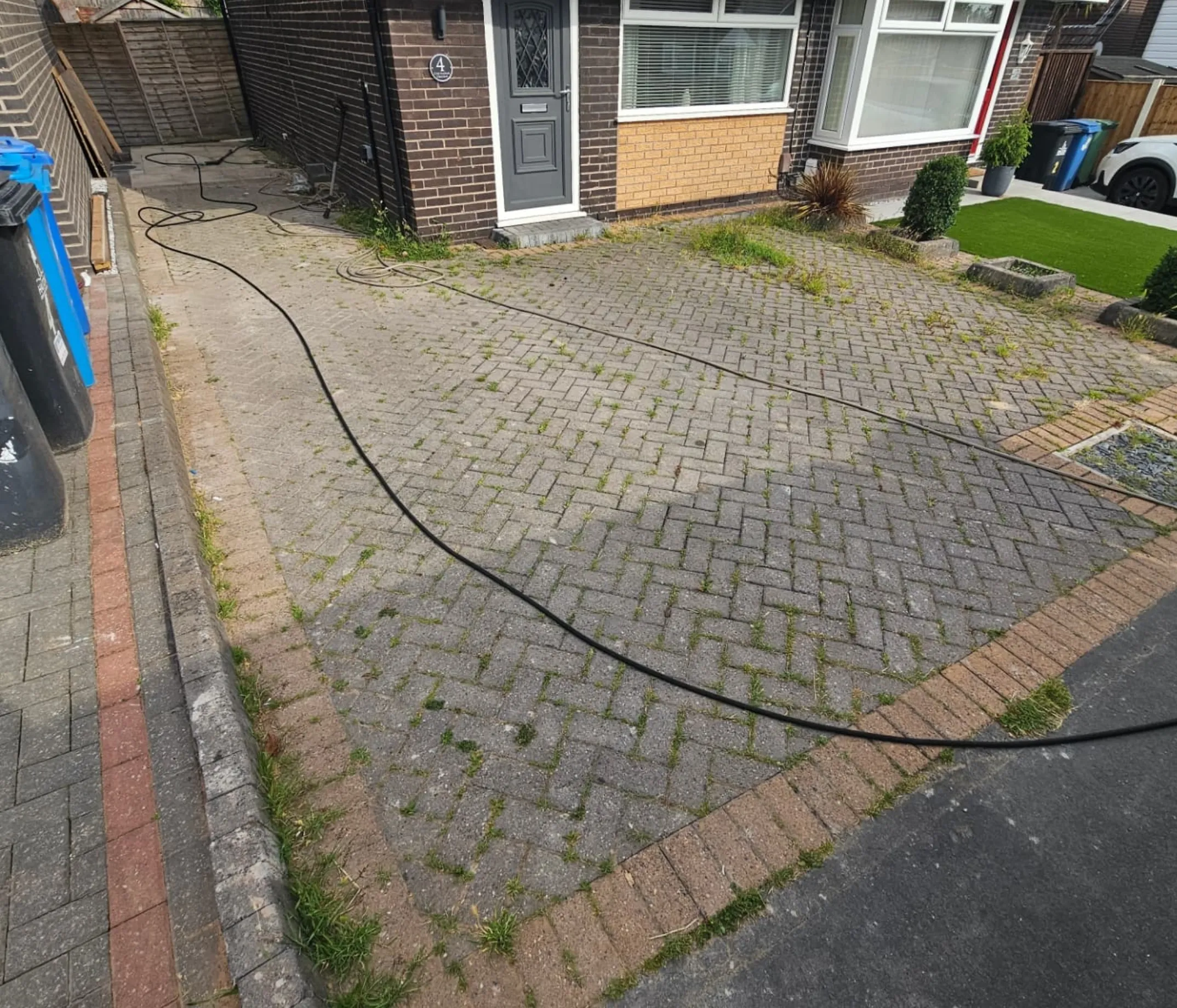
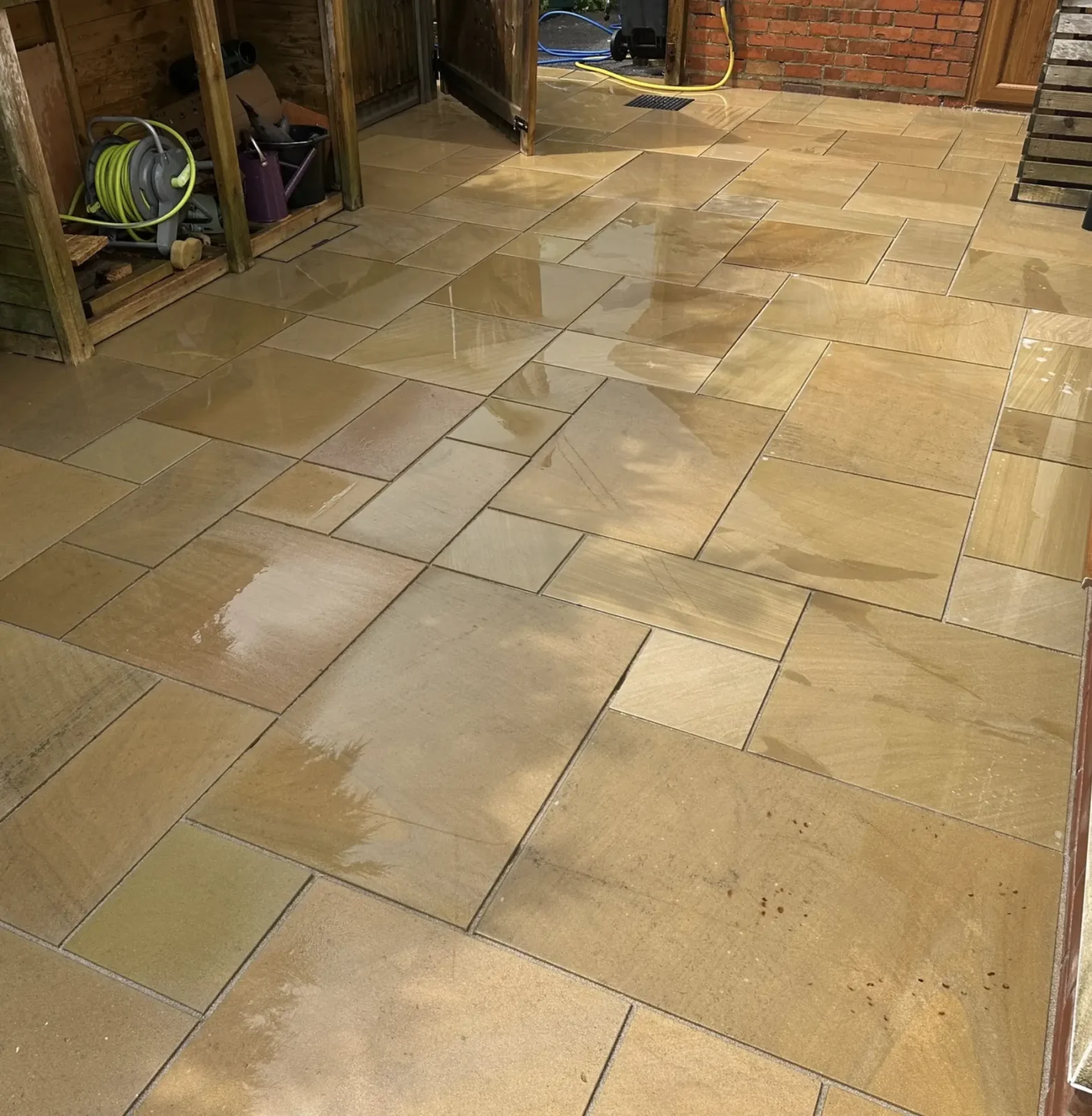
Do All Concrete Surfaces Need it?
Definitely Seal:
- Concrete driveway and garage floors
- Exposed aggregate
- Pool surrounds and patios
- Coloured or stamped concrete
- High-use residential driveways
Optional (But Worth Considering):
- Plain broom-finished paths
- Interior polished floors (may need densifier or special sealers)
- Concrete projects in shaded areas are prone to algae
Probably Skip:
- Crumbling old slabs
- Temporary or rarely used paths
- Areas fully protected from sun, rain and foot traffic
Common DIY Mistakes
You can DIY your concrete sealing project — but here are a few ways it can go wrong:
- Not cleaning the surface properly — any loose debris or concrete stains will show through the sealer coat
- Applying too much sealer — excess sealer leaves sticky residue
- Rushing the drying period — always allow sufficient drying time after pressure washing
- Poor roller method technique — leads to uneven application or missed spots
- Forgetting safety gear like gloves and eye protection
- Not using a plastic sheet to test moisture levels before sealing
- Using the wrong type of sealer — especially on polished or coloured surfaces
- No anti-slip additive — essential for pool decks and outdoor areas
For peace of mind knowing your concrete cleaning and sealing process is done right, call in the professionals. We’ve seen every type of stain from deep stains in driveways to stains under outdoor furniture.
Window Cleaning Melbourne Crew also knows a thing or two about keeping surrounding glass surfaces clean while your concrete cures — worth thinking about if you’re working near windows or pool fencing.
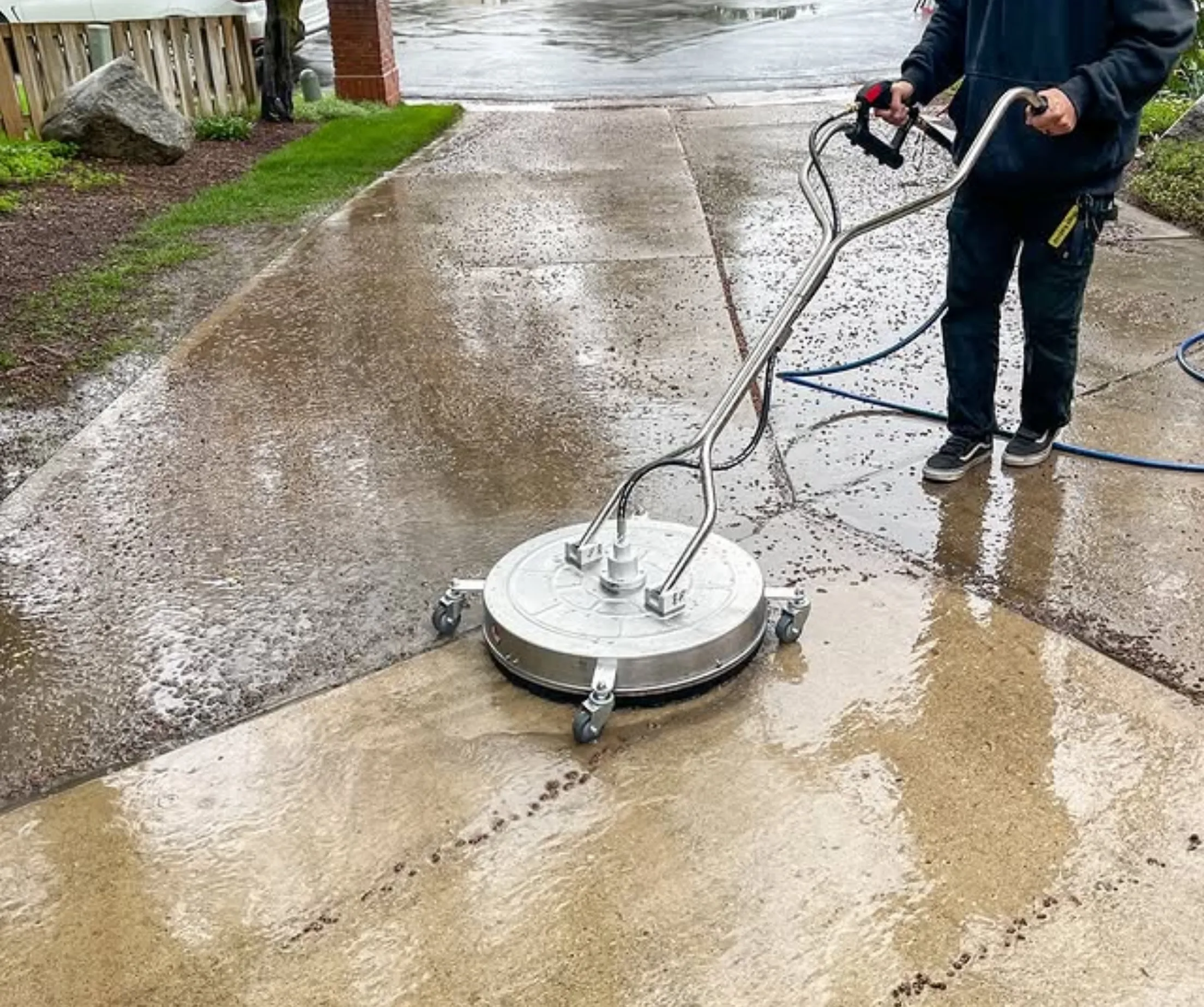
FAQ
Can I seal concrete the same day I pressure wash it?
No unless you want to deal with sealer adhesion issues. Allow 24–48 hours of drying time.
How long does concrete sealer last?
Penetrating sealers 3–10 years, solvent-based sealers and acrylic sealers 1–5 years depending on traffic and weather.
Do I need to etch concrete before sealing?
If using a film-forming sealer, yes. Acid washing helps adhesion. Not necessary for penetrating sealer.
Will sealing make my driveway slippery?
Some sealant layers can. Use a slip-resistant additive for proper protection, especially on pool decks and driveways
How much to seal a concrete driveway in Australia?
$25–$50 per square metre depending on cleaning process, type of sealer and whether you’re hiring a professional or DIY.
